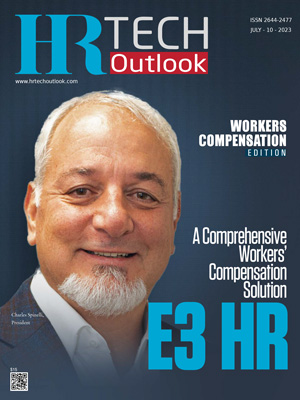Workers are the lifeblood of any economy, driving growth, innovation, and progress. They deserve protection and support when they suffer injuries or illnesses while on the job. This is where workers’ compensation comes into play, serving as a crucial safety net for employees and their families. However, in recent years, it has become increasingly evident that our workers’ compensation system requires a comprehensive overhaul to address emerging challenges and ensure fair treatment for all. It is time to strengthen and modernize this vital social institution to protect the rights and well-being of our workforce.
Workers’ compensation must address the disparities that exist across different industries, regions, and demographics. Certain sectors, such as construction, agriculture, and manufacturing, have higher injury rates, yet workers in these fields often face obstacles in accessing fair compensation. Moreover, vulnerable populations, including low-wage workers, immigrants, and minorities, are disproportionately affected by workplace injuries and frequently encounter barriers in pursuing their claims. Efforts should be made to ensure equitable access to compensation and remove systemic biases that perpetuate inequalities.
While financial compensation is essential, an effective workers’ compensation system must also prioritize the rehabilitation and reintegration of injured workers into the workforce. Adequate medical care, vocational training, and job placement assistance are vital components of the recovery process. By investing in comprehensive rehabilitation programs, we empower injured workers to regain their livelihoods, contribute to society, and minimize longterm disability costs. Collaboration between employers, healthcare providers, and government agencies is necessary to foster a holistic approach to worker recovery.
Workers’ compensation is a fundamental pillar of a just and equitable society. By modernizing and strengthening this vital safety net, we can ensure that workers receive fair and timely compensation for workplace injuries and illnesses. This necessitates adapting to the changing nature of work, enhancing accessibility, addressing disparities, prioritizing rehabilitation, and promoting prevention. It is time for governments, employers, and stakeholders to come together and invest in an improved workers’ compensation system that truly protects the backbone of our economy - the hardworking individuals who drive progress and prosperity.


















